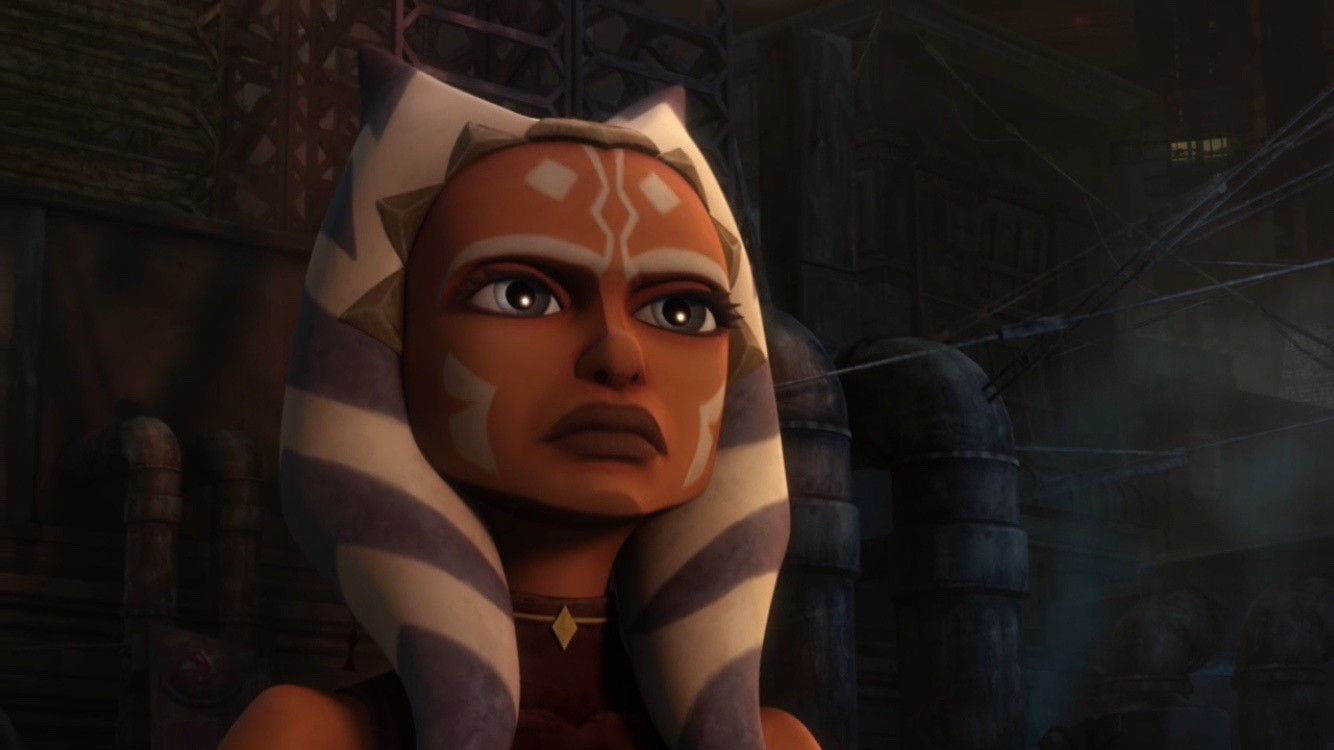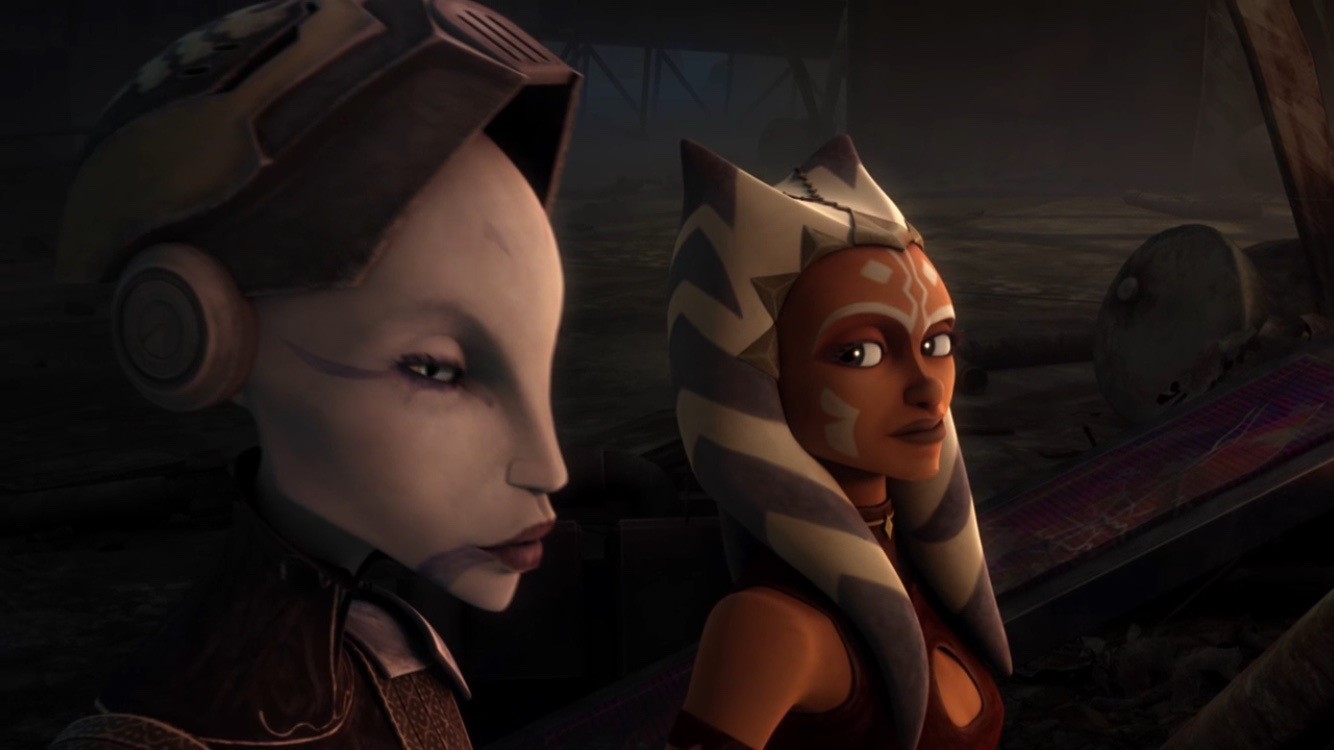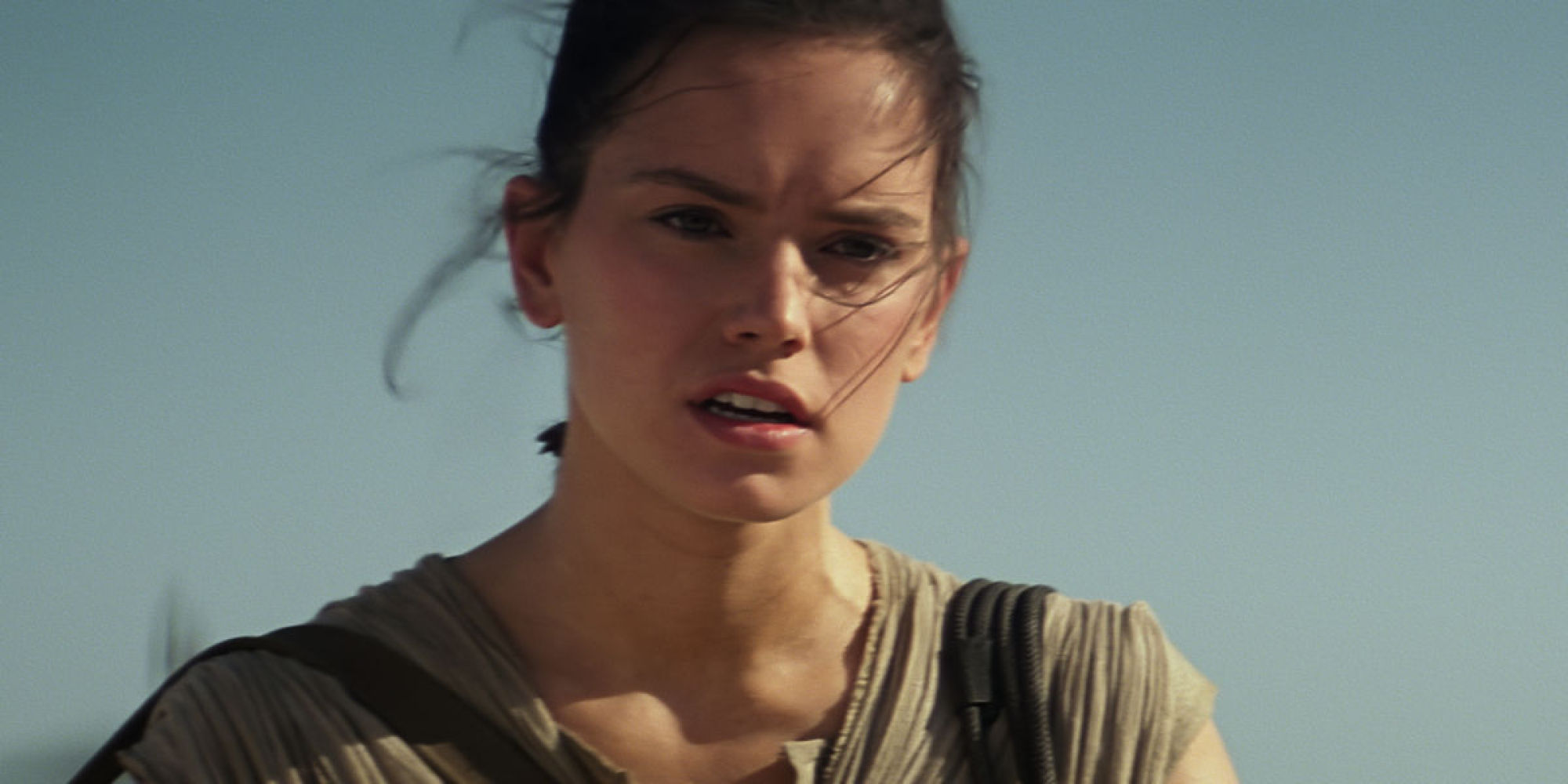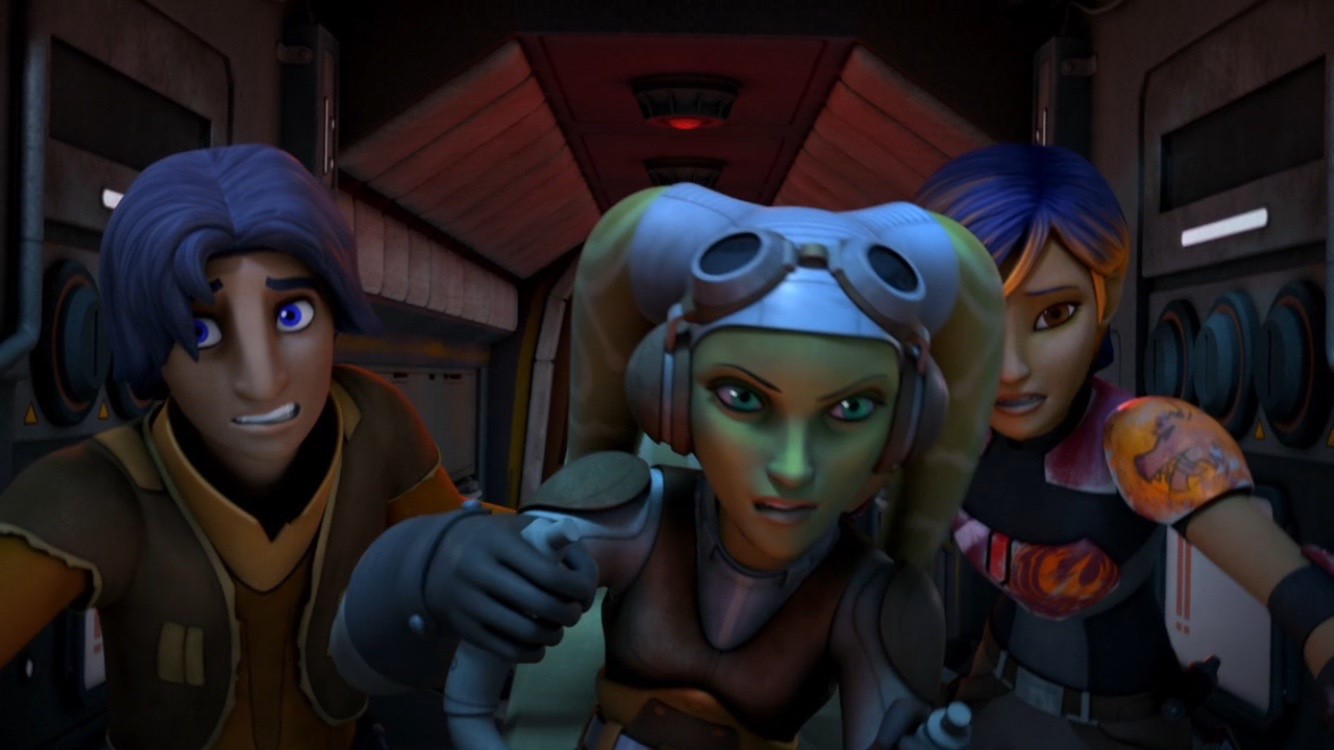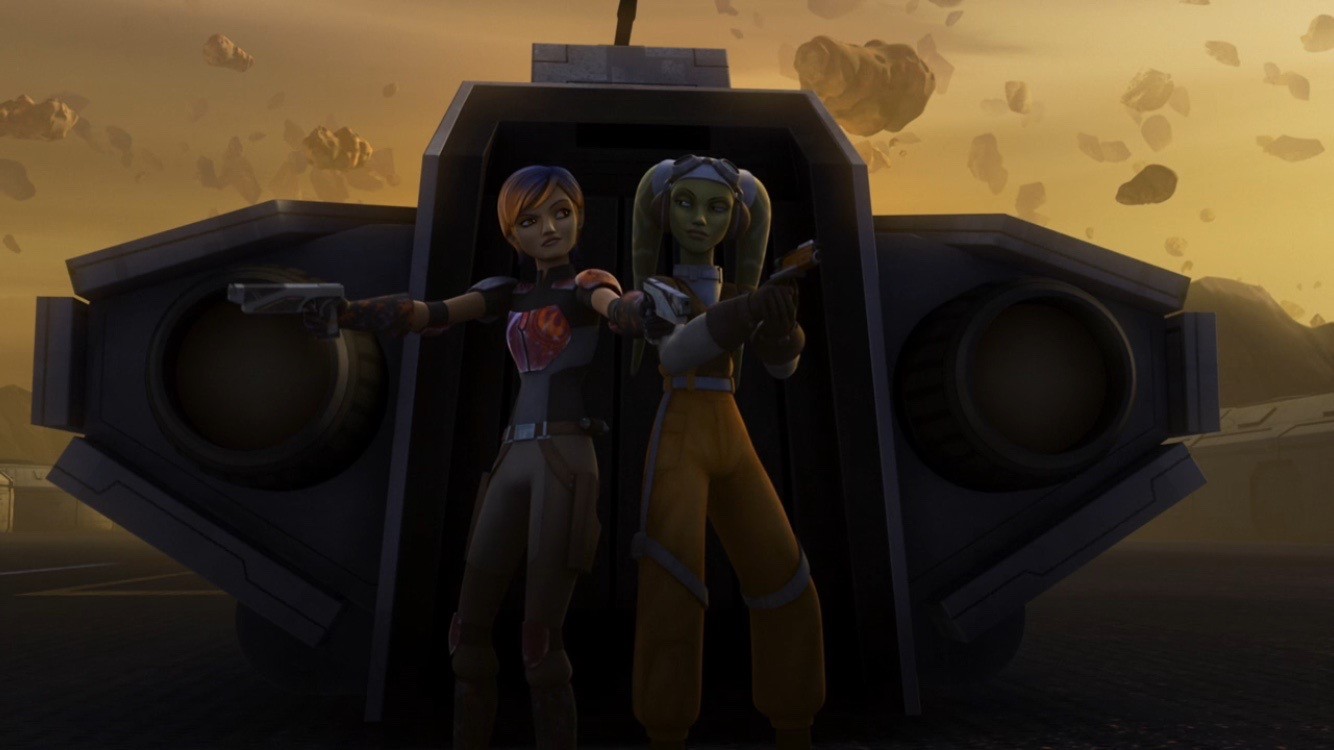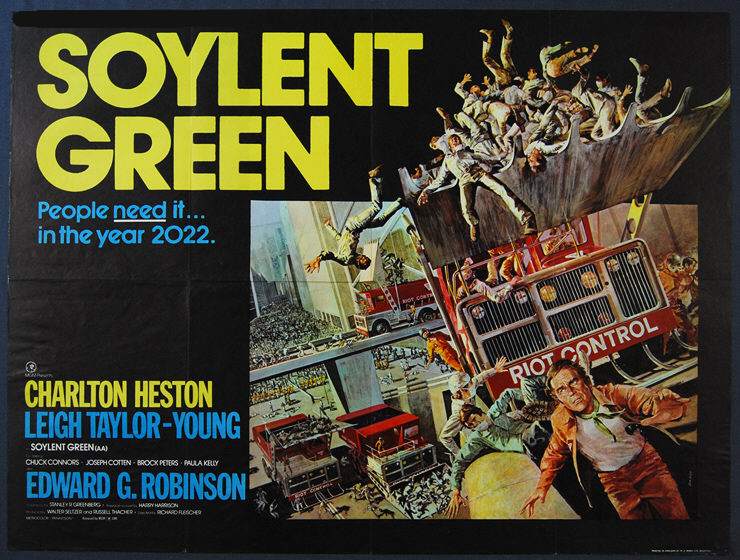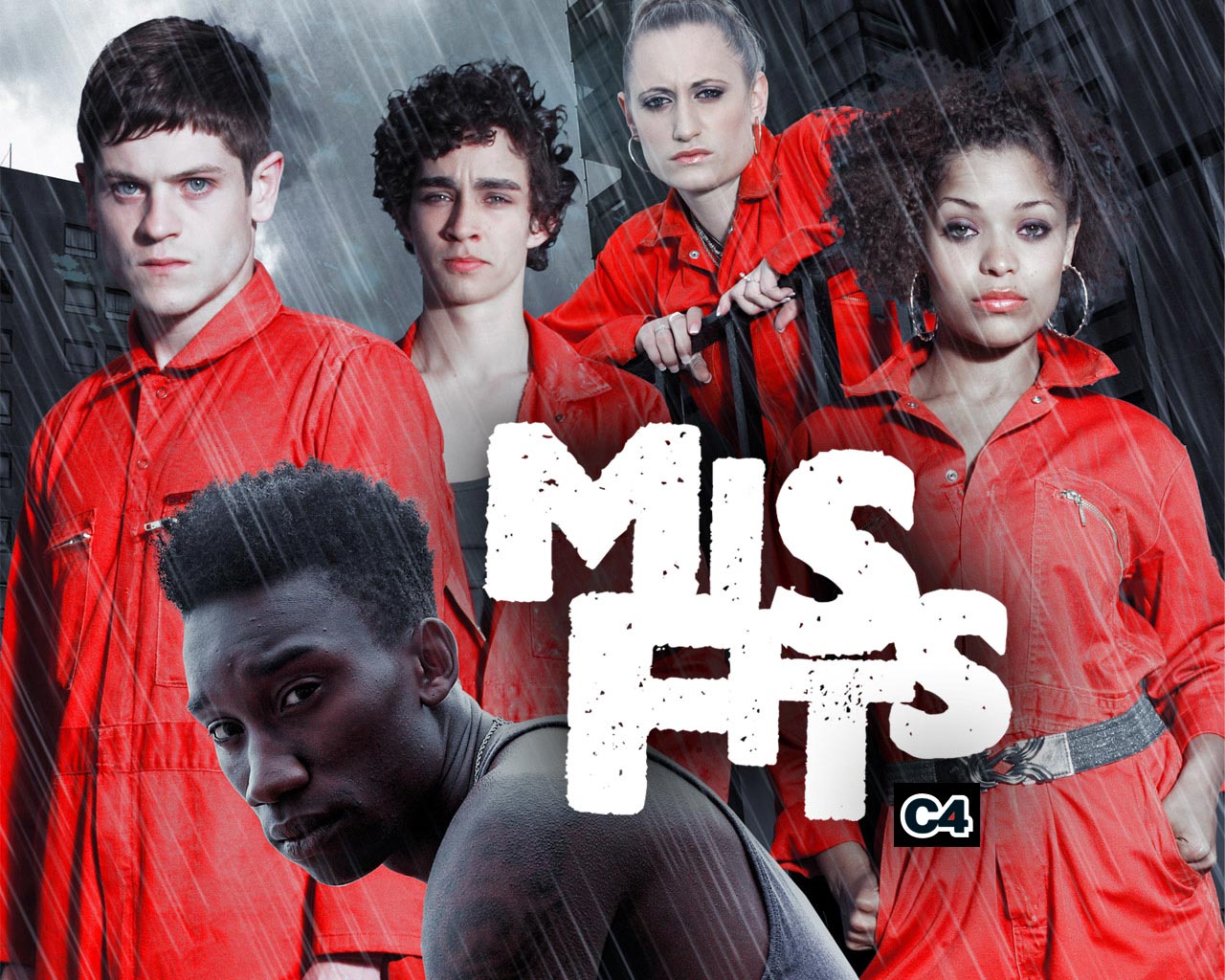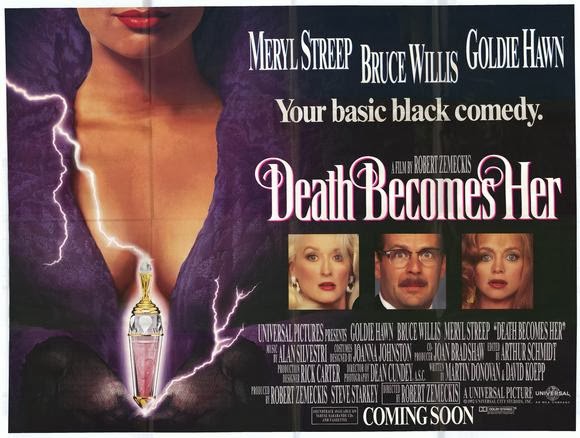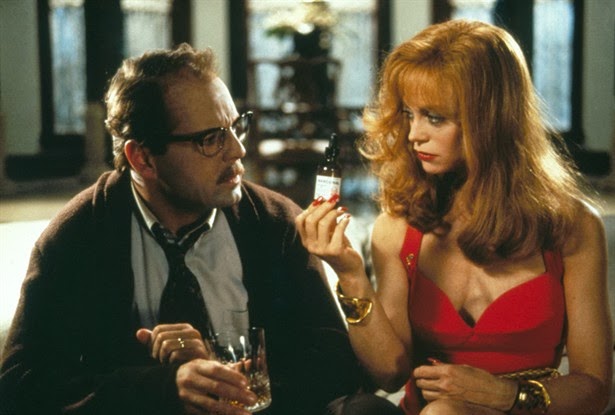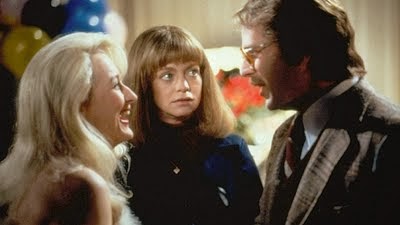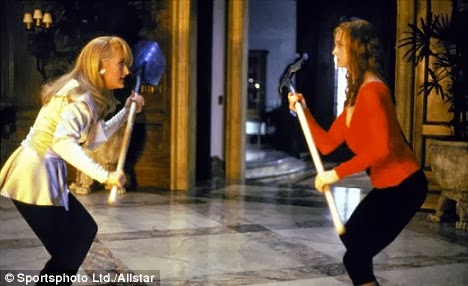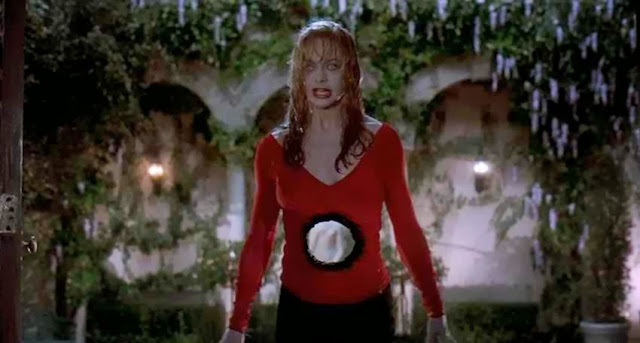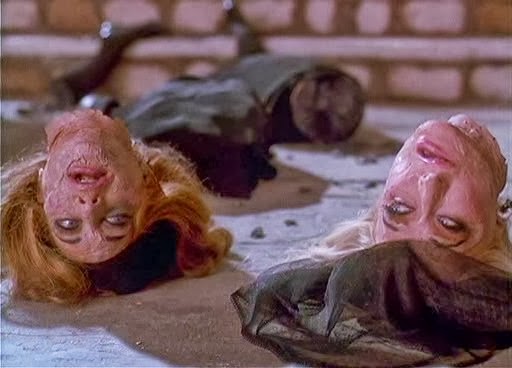This guest post written by Estella Ramirez.
A few years ago, I wrote an article about Ahsoka Tano. I praised the animated series, Star Wars: The Clone Wars, because of its variety of female characters and how it passes the Bechdel Test, with some story arcs featuring a trilogy of women in leading roles. These often included Ahsoka Tano as our Jedi hero and Asajj Ventress as our force-sensitive villain, so powerful, only Yoda could confront her without assistance. At the start of the show, Ahsoka has been assigned as Anakin Skywalker’s Padawan. She is not presented to us as exceptionally strong with the force, the way Luke, Anakin, and most recently, Rey, were presented. Unlike these three, Ahsoka underwent a lifetime of Jedi training. This immunizes her against that ill-intentioned label of “Mary Sue,” whereby one claims that a female character is inexplicably perfect, yet she displays exhilarating super-human abilities that are in keeping with the other Jedis. She is, however, exceptional in her drive to improve as a Jedi and, as she matures as a character, to improve as a leader. Ahsoka is as confident and independently minded as Anakin, yet humble enough to take direction at crucial moments, from him, from Clone Trooper captains, from Senator Amidala, and from her Jedi fellows and elders. One gets a sense of her weaknesses as well as her strengths.
Asajj Ventress is introduced to us as an imposing villain. As her character develops, we learn that she comes from a clan called the Night Sisters. She is exceptionally force sensitive, but she is neither Jedi nor Sith. She becomes more and more compelling as the show progresses. Let’s just say Clone Wars showrunner Dave Filoni knows how to pick his writing teams.
In that article, I looked forward to a new project by Filoni and team, called Star Wars Rebels. The time has come to praise this show, especially in light of the overwhelming success in theatres of Star Wars: The Force Awakens.
It’s clear The Force Awakens captured our curiosity and our hearts. Many have pointed out what I do not need to say. Hooray for a blockbuster with a woman Jedi protagonist!!! I defend her unrealistic natural ability by pointing out that EVERY MALE HERO IN EVERY ACTION MOVIE possesses unrealistic ability and unrealistic luck. That’s the point: to see on-screen someone doing the things we could only do in our fantasies. We love our underdogs. For Star Wars in particular, it is important to note that being in tune with the force gives you the power to transcend your physical limitations. It’s what’s so endearing and inspiring about Yoda. No one questions Yoda’s power even though he is the size of a terrier and at least hundreds of years old. But Rey has no training! I feel the comment sections pulsating with the words. To that, I submit what Anakin Skywalker, barely out of toddlerhood, was able to do without Jedi training.
Star Wars tells us that to triumph you need to be strong of mind, focus, and little else. If your suspension of disbelief is only threatened when the character is a woman, then you need to reevaluate your life. I’ll add that both Rey and Finn had applicable training to explain their skills with the light saber. Rey survived as an orphan in Jakku fighting with a staff (and we don’t know all her life yet, so hold your judgment) and Finn had combat training as a Storm Trooper since childhood, so it can be presumed that his training could have been comprehensive, despite how necessary a plot point it is for Storm Troopers to be completely incompetent when faced by our heroes. Hey, it’s a movie. Finn, it’s important to note, represents an exceptional character as well. Of all the storm troopers, he has the independence of thought and strength of character to rebel against his training, on moral principle.
As lovely as it is to see the matter-of-factness with which The Force Awakens makes Rey a Jedi protagonist, and how audiences overwhelmingly embraced the movie, we have yet to reach feminist paradise. When it comes to the toys and game pieces (#WheresRey) some decision-makers decided that boys wouldn’t be interested in Rey figurines – no fair to blame the boys. They aren’t the problem; it’s our job to be the adults. Even if focus groups showed that boys preferred to play with figurines that they identified with, where were the adults to see the commercial potential of girls buying action figures because they finally could identify with them? I watched the movie…twice. And I cried quite a bit…twice. I thought about the little girls who would see the movie, for whom what’s possible drastically shifted forward, but just as importantly, the little boys, and children anywhere in the gender spectrum, who would see the possibilities for women and girls. I still remember being in second grade with my Barbies, and my classmate pulling down their tops and acting out how smitten he was. In my previous article, I wrote about how despite the show representing Ahsoka Tano as a fully realized character, fetishists managed to objectify her in their fan art. My hope is that today’s kids can see images and toys depicting women as heroes and protagonists instead, and they realize female characters are interesting for some of the same reasons male characters are – they take their imagination on a world of story and adventure.
Observing the other women in The Force Awakens, I’m looking forward to more of Lupita Nyong’o’s character Maz, because one does not hire an actress of her caliber and not bank on further developing her character in the sequels. I’d like to see more of Captain Phasma, who was severely undermined by how easily Finn and company captured her. I get that it was necessary to the plot, but is that all there is to her? Having one developed female character in Rey, and a few respectful nods to women of color in the background as military and pilots, shows a nice bit of progress, but it’s not enough.
At a talk in Georgetown University last year, Ruth Bader Ginsberg (aka Notorious RBG) said we’ll have enough female justices when all nine justices are women because when all nine have been men, no one questioned it. At the end of the movie, Rey reverently hands back Luke’s saber to him, and you know what? We’ll have enough female Jedi when one woman hands the saber to another woman, when Rey is more than just a female Luke Skywalker, when any child would love to play with a Rey figurine because, duh, she’s a hero.
To see how it’s really done, check out Rebels. Before Ezra shows up, half the Rebel team on the Ghost is comprised of women. Hera is the ship’s lead pilot and owner, and Sabine is the explosives expert, artist, and tagger.
They get shit done. In an interesting episode, Hera and Sabine bond over a difficult mission, incidentally because Ezra and Zeb failed to refuel the ship, as directed by Hera. Hera and Sabine encounter ravenous creatures, and must fight them off with limited resources and without a means of escape. Ezra and Zeb, like Finn does with Rey, rush over to save the “damsels” only to find the women found a solution themselves. They climb aboard while covering the remaining creatures with gunfire. Ezra attempts to save Sabine from one such creature, but finding him overcome, Sabine saves him. They may not be Jedis, and our protagonist Jedis are indeed men, but Hera and Sabine are equally compelling protagonists in the storytelling.
Filoni and his team have been writing feminist stories long before The Force Awakens. I don’t know if it’s deliberate on their part, or if the stories are what I call accidentally or “casually feminist,” meaning they organically pass the Bechdel Test by virtue of including more female lead characters. In any case, this is ideal as it proves that anyone can enjoy a feminist story. The shows are meant for kids, and adults love them, too, because they are good stories, made better by having more female characters. There’s less “Mary Sue” happening because no one female character has to represent the whole of her gender.
Lastly, without spoiling the identity, I’ll hint that a female Jedi appears at the end of the first season of Rebels (squee!), and another squee-worthy female character appearing in its current second season. You can thank me when you’ve finished watching Clone Wars and Rebels. In my opinion, they’re everything ANY of the Star Wars movies lacked in story writing, character development, and feminism. You’re welcome.
Estella Ramirez is a private tutor, writing coach, and singer in Los Angeles. She has an MFA in Creative Writing, and her poetry has been featured in several literary journals. You can read her other article on Ahsoka Tano at The Toast. Read more of her feminist-friendly fandom writing, plus other updates at her personal blog. You can also find her profiles on Facebook, Twitter, and Instagram.
